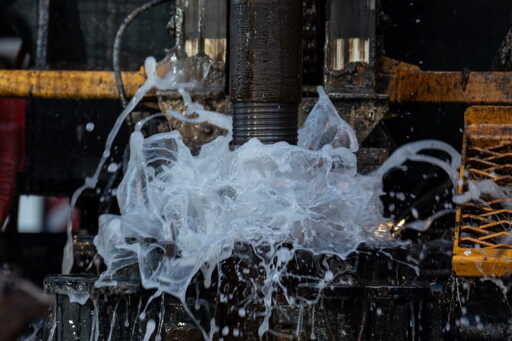Scientists recently discovered vast freshwater reservoirs beneath the Atlantic seafloor, stretching off the U.S. East Coast from the states of New Jersey to Maine. The find was “a beautiful scientific accident,” Brandon Dugan, a professor of geophysics at the Colorado School of Mines, U.S., and co-chief scientist on the expedition, told Mongabay in a video call. Dugan said his curiosity about freshwater beneath the ocean floor was piqued in the 1990s while doing a literature review for his Ph.D. research. “I found these interesting papers that said, ‘Hey, when we’re out looking for oil and gas, we didn’t find oil and gas, but we found water where water shouldn’t be.’” Around the same time, other researchers found freshwater at unexpected depths on the East Coast island of Nantucket. So, Dugan and colleagues used computer models to simulate how far freshwater might extend beneath the ocean floor. Earlier this year, Dugan joined more than 40 researchers from a dozen countries for a two-and-a-half-month expedition off the U.S. East Coast. Drilling at three distances from the shore, they found freshwater at each site. Seawater has a salinity close to 35 parts per thousand (ppt), or 35 grams per liter of water, but freshwater at the site nearest the shore at 30 kilometers (20 miles) had salinity of less than 1 ppt. Salinity increased with distance from the shore but remained much lower than that of seawater. The team is analyzing the chemistry of the water samples to determine their origin and age, but preliminary…This article was originally published on Mongabay
From Conservation news via this RSS feed


